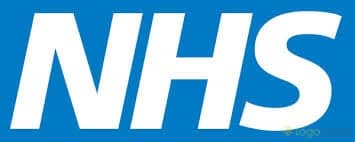The National Health Service (NHS) has announced that an updated law called the Accessible Information Standard will be implemented in the United Kingdom as of July 31, 2015 to ensure that people with a sensory loss or impairment, or any disability, are provided with health information that they can easily read or understand. This means informing organizations how to make sure people get information in different formats, for example in large print, braille, or via a British Sign Language (BSL) interpreter.
The new Accessible Information Standard, which was approved on June 24, 2015 by the Standardization Committee for Care Information (SCCI), is set to simplify care information for disabled patients and their caregivers. All organizations that provide NHS or adult social care are required to follow the new standard, including NHS Trusts, Foundation Trusts, and general health practices. As part of the Accessible Information Standard, these organizations must do five things:
- Ask people if they have any information or communication needs, and find out how to meet their needs. Record those needs clearly according to a set procedure.
- Highlight or ‘flag’ the person’s file or notes to make it clear that they have information or communication needs and explain how those needs should be met.
- Share information about people’s communication needs with other providers of NHS and adult social care, when they have consent or permission to do so.
- Take steps to ensure that people receive information which they can access and understand, and receive communication support if they need it.
The Accessible Information Standard has been in development for over two years and overseen by NHS England, the Health and Social Care Information Centre, the Department of Health Directorate of Social Care, the RNIB, Action on Hearing Loss, Sense, CHANGE and independent patient representatives.
“It is vital that everybody understands the information they receive about their health and well being,” Tim Kelsey, NHS England’s National Director for Patients and Information, said in the announcement. “The Accessible Information Standard will mean that people with disabilities are not left in the dark. I’d like to thank all our partners for their hard work over the last couple of years as we turned the Accessible Information Standard into a reality.”
For more information about the new law, visit the Health & Social Care Information Centre website.
Source: National Health Service (NHS)





